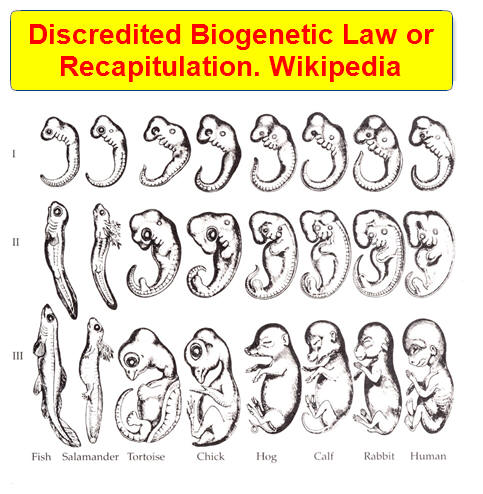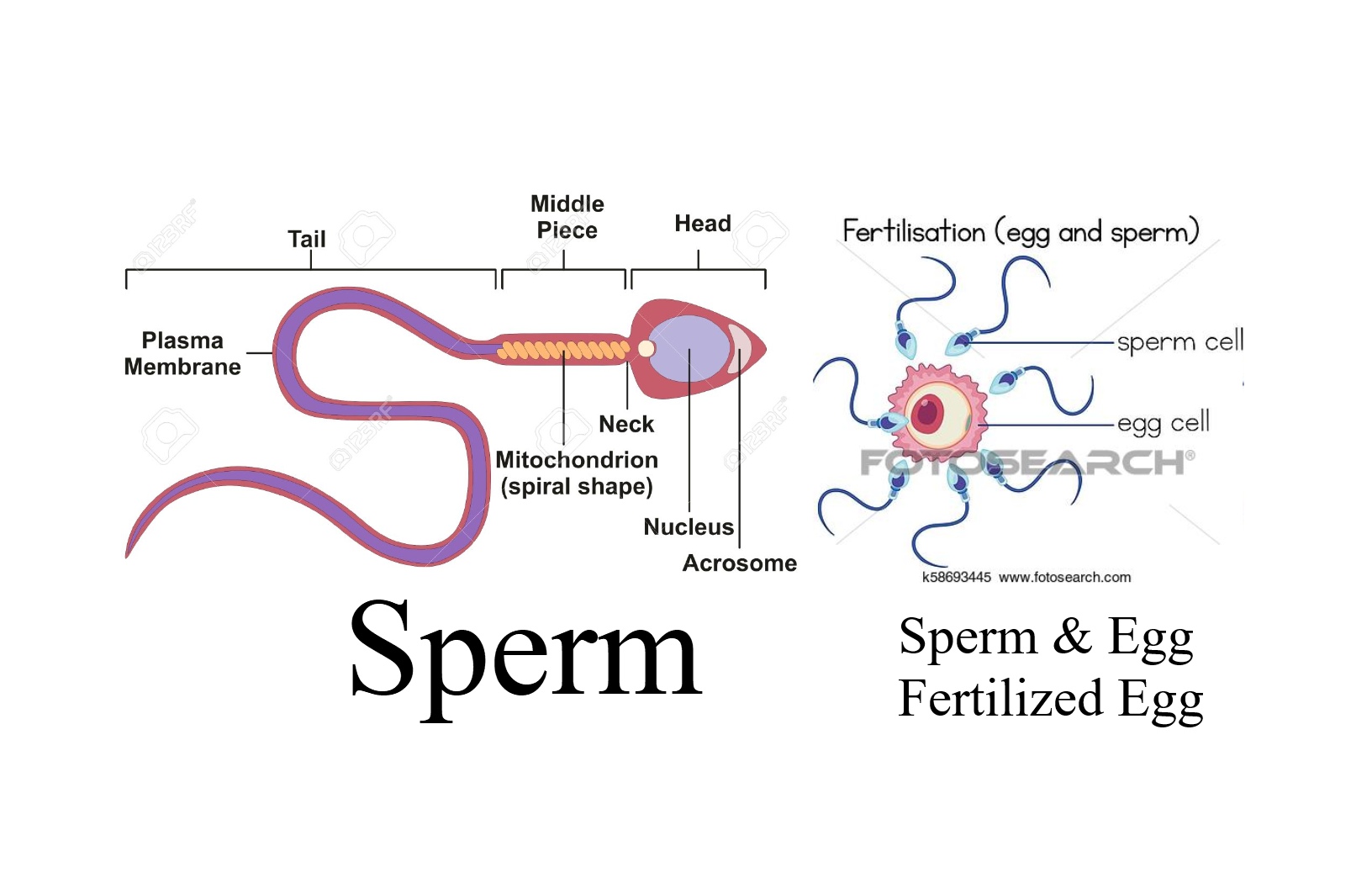Published:29 Jul 2019 8 PMUpdated:29 Jul 2019 8 PM Sakthi Vikatan
சேஷாத்ரிநாத சாஸ்திரிகள் Śeṣādrinātha Śāsthrigaḷ
மறை சொல்லும் மகிமைகள். ஓவியம்: மாருதி
The grandeur of Vedas. Images: Maruthi
ஆதியும் அந்தமும் - 9 - மறை சொல்லும் மகிமைகள்
தசாவதாரங்கள் உணர்த்தும் தத்துவம்... Tattvas in DasaAvatarams
1. Men come to a conclusion based on sight, hearing and experience: How could they alone justify that conclusion? Pūrvajaṉma Vāsanās (past-life impressions) are the reason they do it.
2. Because this deficiency persists from birth to birth, man cannot comprehend the truth. The thoughts in the mind are in a constant gurgle. His unsteady state causes him distress and yearning for something better. His mind is not prepared to accept something that is impartial.
3. In those days, Ṛṣis wrote philosophical teachings, (doctrines, darśanas). They said, “O man! Your experiences are not enough to comprehend the truth directly. For it to become Satyam is impossible. The reason is your experience is circumscribed. More expansive and widening circles of knowledge and experience are out there. You did not peek into them. They have been unreachable to your brain, unheard of by your ears and unseen by your eyes.
4. You abandoned looking into the wide circle of Pēruṇmai (= Great Truth = God, as the ultimate Reality) and settled with your flawed conclusion. Listen to what the ancestors told you. They uttered what you never saw, what you never heard and what you never experienced. Do not fall back thinking resolutely on your own experience and discounting the Ṛṣi’s teachings. Once you accept their teachings, you will come to know of them all. Our ancestors, the Ṛṣis taught us the truths based on the Vedas. Vedas depict the truth. There is nothing in this world not already in Vedas. Let me bring your attention to Darwin’s Science of Evolution (1809-82).
5. Everyone talks about Darwin’s Science of Evolution. According to his research, the origin of man was from the water (ocean). Darwin’s time was recent: 1809-82. But our Purāṇas originated thousands of years ago. Before them, were the timeless Vedas. Vedas have already a mention of these things. All the buried treasures and Tattvas in the Vedas and their revealing explications took the form of Purāṇas.
6. Let us pay attention to Bhagavan’s then Avatars.
7. What is the underlying Tattva of these Avatars: Matsya, Kūrma, Varāha, Narasimha, Vāmaṉa, Parasurama, Rama, Balarama, Krishna and Kalki?
8. Let us take Matsya Avatar. Fish, the Jīvarāsi appears in the water, considered as the first Avatar. The basic Tattva of origin in water as said in Purāṇas bear evidence to water as the first material creation among all creations. Āyurveda, talking about the creation of the world, attests to it. Let us look into it later.
9. Purāṇas explain the philosophies in Vedas in an easily understood language. Science learning and education has many approaches. The stories in the Purāṇas bring the teachings in Vedas within the grasp of the readers.
10. When you direct your attention to Matsya Avatar, it is apparent it is an aquatic animal. The next Kūrma Avatar is tortoise living in both water and land (aquatic and terrestrial). The third Avatar is Varāham (Boar), living by the water, not in the water but on the land. Narasimha Avatar (Chimera) is half man and half lion. The animal residual antecedent persists but the functional human motor organs in man exist; and the upper part of the body referring to the head is that of an animal (an atavistic remainder) .
11. This small residual animal portion disappears in Vāmaṉa Avatar. (The early man was shorter.) He appears like a child with dominance of anger or displeasure. Vāmaṉa Avatar is wholly human. The next Avatar is Parasurama. There is a dearth of fullness of Jñāṉēndhriyas (sensory organs) besides the lack of thought-power, and the susceptibility (propensity) to follow orders. That is why when his father ordered him to behead his mother, he did so with no questions.
12. In Rama Avatara, he is in the state of carrying out what he thought was right. This state is favorable union of fullness of human form, human thought and act. In Balarama Avatar, there is no independent thinking power.
.13. Krishna Avatar is Pūrṇa Avatar. Meditative power is full, perfect and abundant. Krishna Avatar is the soul meditation coming to a perfection. It is mature and wholesome to the extent of offering to others spiritual instruction.
14. Dasa-avatara Tattva depicts the strength and power to elevate man to a divine state, after the passage of the soul from a one-cell amoeba to animal to man.
15. Man’s intrauterine life explains his great power to escape metempsychosis. From fertilization to ten months, we can see in a linear fashion all the states of Dasa-avatara in the growing fetus.
Notes: (https://embryo.asu.edu/pages/ernst-haeckels-biogenetic-law-1866 External reference
Biogenetic law or Recapitulation disproved: the stages an animal embryo undergoes during development are a chronological replay of that species' past evolutionary forms. Each embryo's developmental stage represents an adult form of an evolutionary ancestor. Darwin: The more general characters of a taxonomic group tend to be present earlier in the embryo, while specialized and variable characters tend to manifest later in the embryo, indicated that these specialized features are the most recent changes to the ancestral form. Haeckel interpreted the data differently than Darwin, and he purported instead that the embryonic stages of extant species represent adult forms of their previous ancestors. Wilhelm His, professor of anatomy at the University of Basel in Basel, Switzerland, and at the University of Leipzig in Leipzig, Germany, opposed Haeckel's biogenetic law. Wilhelm His argued the Haeckel's biogenetic law overemphasized evolution as the cause of development and exaggerated the similarities between embryos of different species. He said that there were obvious differences between the early stages of embryos of different species, and that those differences, not the similarities, were important to explain development.
There are a lot of problems with Haeckel's theory, mostly because saying, "Hey, this thing kinda looks like that thing!" doesn't really hold up scientifically.
How can such stages as the egg, larva, pupa, and adult of a butterfly be explained? Why do some parts of an embryo show recapitulation and other parts never show it?"—*Cora Reno, Fact or theory? (1953), p. 69.
The main promoter of recapitulation was anti-theistic Ernst Haeckel who was guilty of falsifying illustrations in order to support his views. Even today some authors unwisely continue to use some of these misrepresentations in evolution sections of textbooks.
Embryos do reflect the course of evolution, but that course is far more intricate and quirky than Haeckel claimed. Different parts of the same embryo can even evolve in different directions. As a result, the Biogenetic Law was abandoned, and its fall freed scientists to appreciate the full range of embryonic changes that evolution can produce—an appreciation that has yielded spectacular results in recent years as scientists have discovered some of the specific genes that control development.[20] Wikipedia. End of Comment: External Reference.

16. The fetus floats in the amniotic fluid during pregnancy. The fetus in its early stages of development looks like a worm ( = sperm. later multicellular embryo.) Then it looks like a staff. Gradually small human body parts appear. At the eighth month of gestation, the fetus has all the body parts of a human. Vedas under the title of ‘Garbhavāsam’ (in utero existence) explained even before scientists like Darwin wrote about it.

17. When we hear the Purāṇas as the story form of Vedas, we should delve into the Tattvas embedded in them and should not consider them as mere stories for pastime.
18. The Vedas through the medium of Purāṇas have told us in an easily understandable fashion with proper examples what were already discovered and endorsed by the scientists.
19. Do you know what Āyurveda says about the creation of this world?
